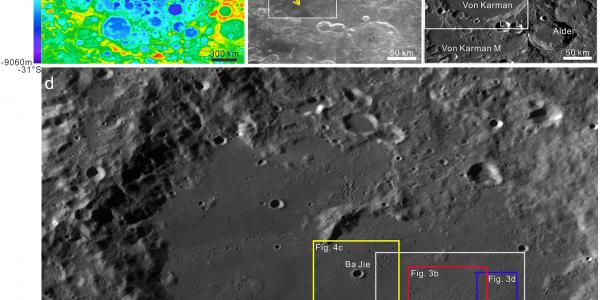EPS Colloquium: A Review of Chang’E Missions
Professor Jun Huang from the Planetary Science Institute, China University of Geosciences, will give an overview of the Chang'E project, the first Chinese landing and sample return missions to the Moon.
In 2007, China launched its first lunar mission, Chang’E-1, to explore the Moon at an orbit of 200-km-height. As a backup of Chang’E-1, Chang’E-2 orbited the Moon at an altitude of 100 km. It visited the Earth–Sun L2 Lagrangian point before flying to deep space. Chang’E-3 landed at the northern Mare Imbrium in 2013. It released a robotic rover, Yutu (jade rabbit), to perform in situ lunar surface exploration. Chang’E-4 touched down at the floor of Von Kármán crater within South Pole-Aitken basin in 2018. It is the first lander and rover on the surface of the lunar far side. In 2019, Chang’E-5 will be launched to bring back at least 2 kg of lunar samples from Oceanus Procellarum. In the coming years, Chang’E-6 is aiming for the lunar polar region. In this talk, Huang will summarize the scientific results of the Chang’E missions, with an emphasis on the work in Von Kármán crater with the observations of Chang’E-4. Huang will also discuss the current status of Chang’E-5.
For more information about Huang's work, view his Google Scholar page.
